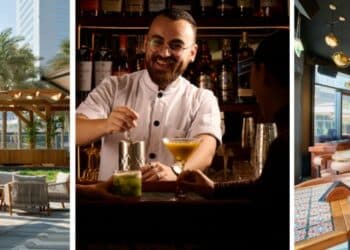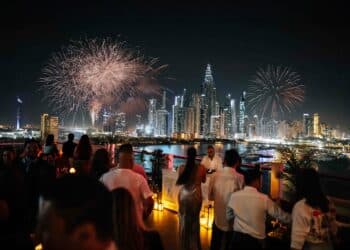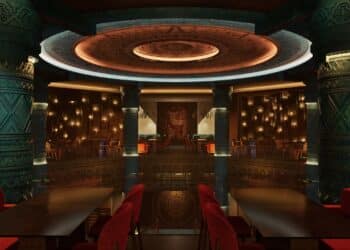Hilda Impey, associate design director, FF&E, for Wilson Associates looks at the latest trends in sustainability that are facing hospitality designers.
 Pollution, in all its various manifestations—air, water, contaminated soil or toxic fabric dyes—has been the result of rapid industrialisation and capitalism, which is overpowering nature’s ability to regenerate itself. With the global climate constantly changing, how does this affect design and the choices we make as designers?
Pollution, in all its various manifestations—air, water, contaminated soil or toxic fabric dyes—has been the result of rapid industrialisation and capitalism, which is overpowering nature’s ability to regenerate itself. With the global climate constantly changing, how does this affect design and the choices we make as designers?
As today’s hospitality designers, we analyse 2017’s rising trends, while observing major world challenges, emerging lifestyles associated with socio-demographical changes, and the social implications of the current economical and political climate. Mindful of these events, we must take practical approaches when designing a space.
The materials and furniture we specify for projects must come from smart decision-making, as they are crucial for the wellbeing of hotel guests and the environment. We have a responsibility to guide and promote thoughtful and sustainable design that will positively impact both our health and our surroundings.
It is essential that designers collaborate with product manufacturers early on in the development process to produce creative and eco-friendly products that have a lower carbon footprint than others. Here are some examples of products that showcase sustainable attributes with smart manufacturers backing them:
- Kvadrat launched an upcycled fabric made from recycled plastic bottles, designed by British textile designer Georgina Wright. Revive 1 and Revive 2 are the company’s first fabrics to be made from 100% post-consumer recycled polyester PET.
- Diana Simpson Hernandez is behind the idea of the first waste lab initiative – The Glass Lab. Waste Labs is a waste processing project that promotes local collection, processing and transformation of waste. Collected glass bottles are crushed on-site and combined with a vegetable bio-resin binder to produce strong and weatherproof products, such as bollards, street furniture, tiles and lights.
Designers must embrace the opportunity to find compelling solutions outside of their comfort zones. We can solve potential problems by using, merging, mixing and collaborating with other industries and professionals—and promoting worthwhile initiatives while doing so. I believe that the community should focus on specifying high quality products, materials, and furniture that have long lifespans and safe and sustainable manufacturing cycles and processes.
Pollution has become a major concern for hospitality brands, and product and material choices that reduce this pervasive waste will be a key focus in 2017. As consumers continue to invest in ethical, environmentally-friendly products, so too must the hospitality design community.
About the author: Hilda is a highly experienced designer with a specialised background in FF&E ( furniture, fixtures and equipment ) with a masters degree in Textile Futures from Central Saint Martin’s College of Art & Design. Hilda joined Godwin Austen Johnson (GAJ) in 2010 heading the FF&E department across the Middle East, North Africa and Asia on various hospitality and residential projects. Recently, Hilda joined Wilson Associates as associate design director, FF&E to work across their wide spectrum portfolio in the MEA region.


































































